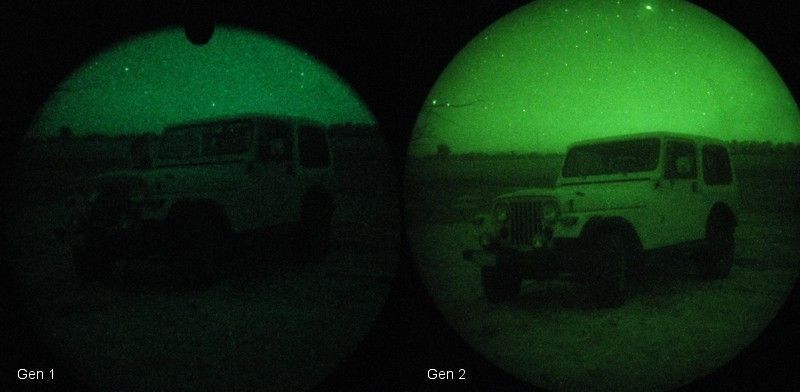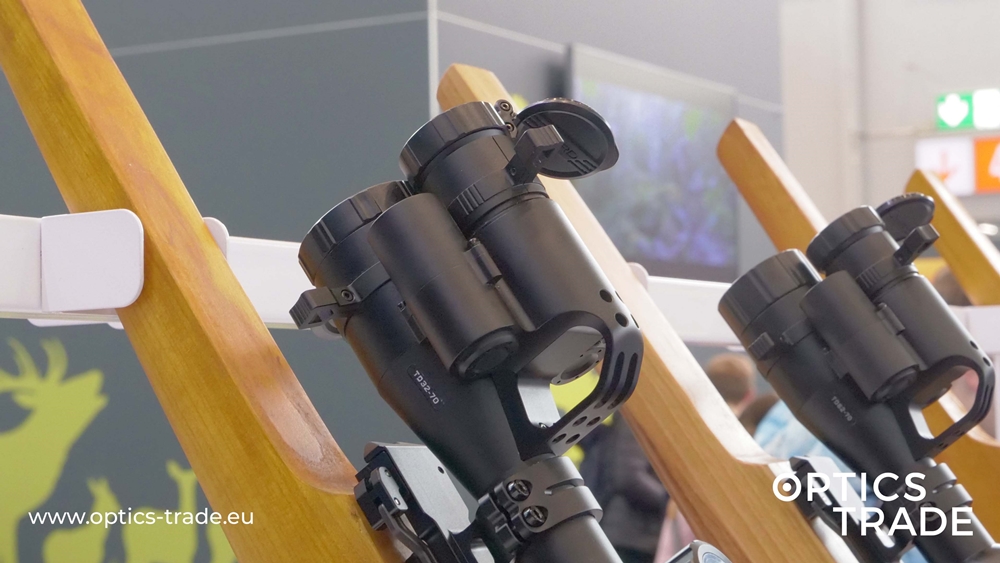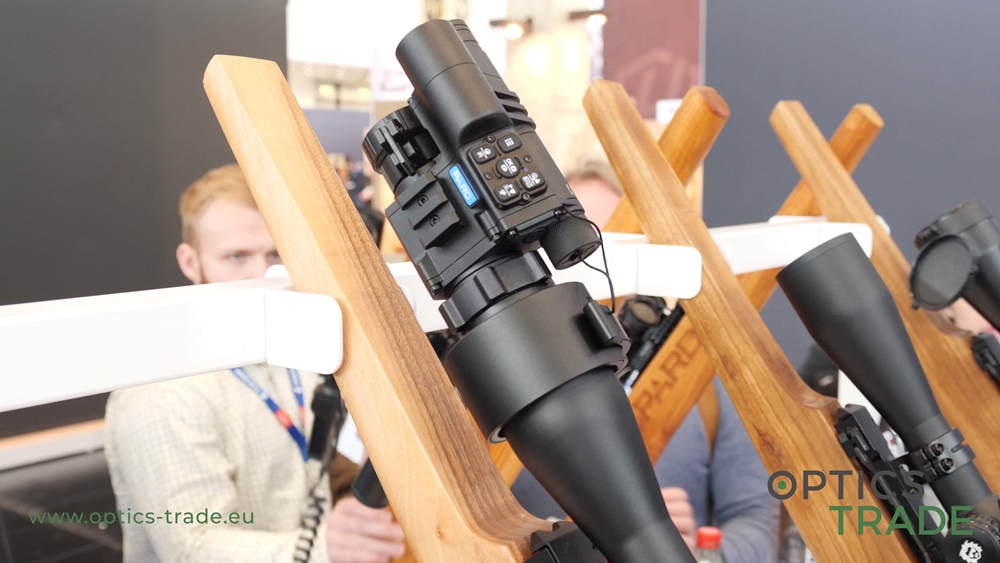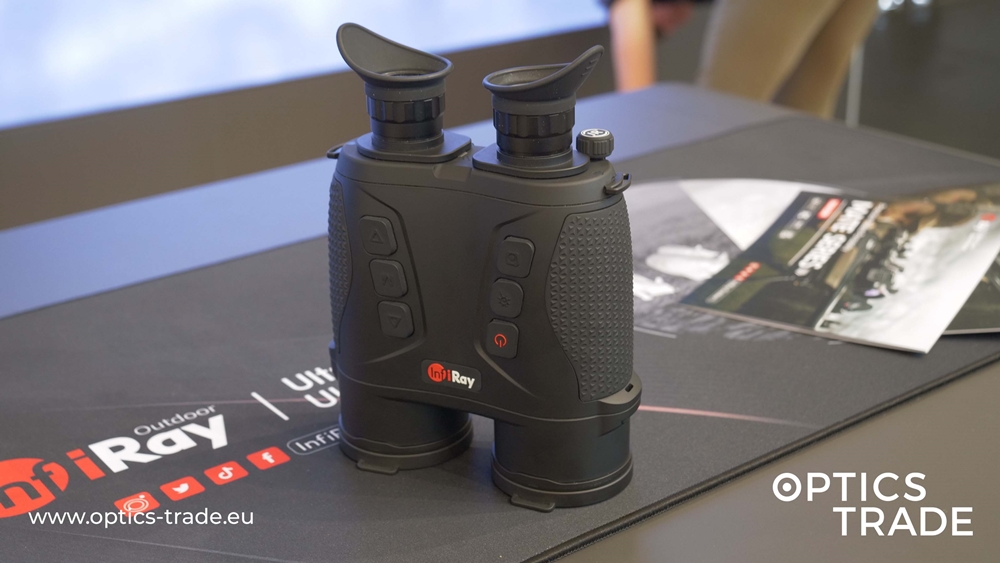Welcome to Optics Trade debates. In each episode, we talk about a different topic and try to answer the most common questions we receive about it. Today we are going to talk about the minimal resolution on analog night vision devices.
Minimal resolution is the minimal resolution which is guaranteed by manufacturers of analog NV optics. It specifies the resolution of the image intensifier.
The bigger the minimal resolution is the better it is.
The minimal resolution is defined by how many alternating black and white lines can be distinguished in 1 mm. Most affordable devices start at about 20 lines per mm and the premium models on the civil market can go past 65 lines per mm.
This term is not used on digital night vision devices because the system is completely different with digital NV devices.
Analog devices can achieve a higher resolution than digital devices. Only modern military grade digital devices can be compared to premium analog devices.
These measurements are done by the manufacturers, so some differences in testing can occur. The minimal resolution is measured in the center of the field of view, so devices that have a smaller minimal resolution can have a better overall edge to edge sharpness.
We would like to thank you for your time. In case we did not answer all the questions regarding this topic, please leave a comment below or send an e-mail to us. If you found this video useful, please subscribe to our channel.
Explanation of the term on our website:
Before getting to know what resolution stands for, you need to know what “ lp / mm “ means. It means line pairs per millimeter (lp / mm). This units are used for measurement of image intensifier resolution. How close lines can be to each other and still be visibly resolved, this determines the quality of resolution. Line pairs are composed of a dark line and the nearest bright line. A line can be dark or bright. For example, a resolution of 20 lines per millimeter means that 10 dark lines and 10 bright lines are alternating or 10 line pairs per millimeter (10 lp / mm). The more line pairs the better the resolution the higher the price of a product. The best night vision optics on the market offer resolution with 64+ lp / mm.
Tube resolution is measured in line pairs per millimeter (lp / mm), system resolution is measured in cycles per milliradian (cy / mr). Tube resolution is important, if you are comparing the quality of optics and filters. Mostly resolution is measured at low-light and high-light conditions. Optimal resolution should be determined at point between very low-light and very high-light conditions. Image resolution (lp / mm) will remain always the same, while the system resolution (cy / mr) is affected by altering eyepiece or objective and with adding relay or magnification lenses.
Minimal resolution is a parameter measured at lowest light conditions.
If we put everything together, when comparing different night vision optics, the higher the price, the higher the quality, which determines the ability to present a sharp image. Notice also, night vision with lower resolution will maybe produce good results in higher night-light conditions with more ambiance light, but performance in darker conditions will not be so good.

Source: AR15
Products mentioned:
NV optics: https://www.optics-trade.eu/en/night-vision-optics.html




